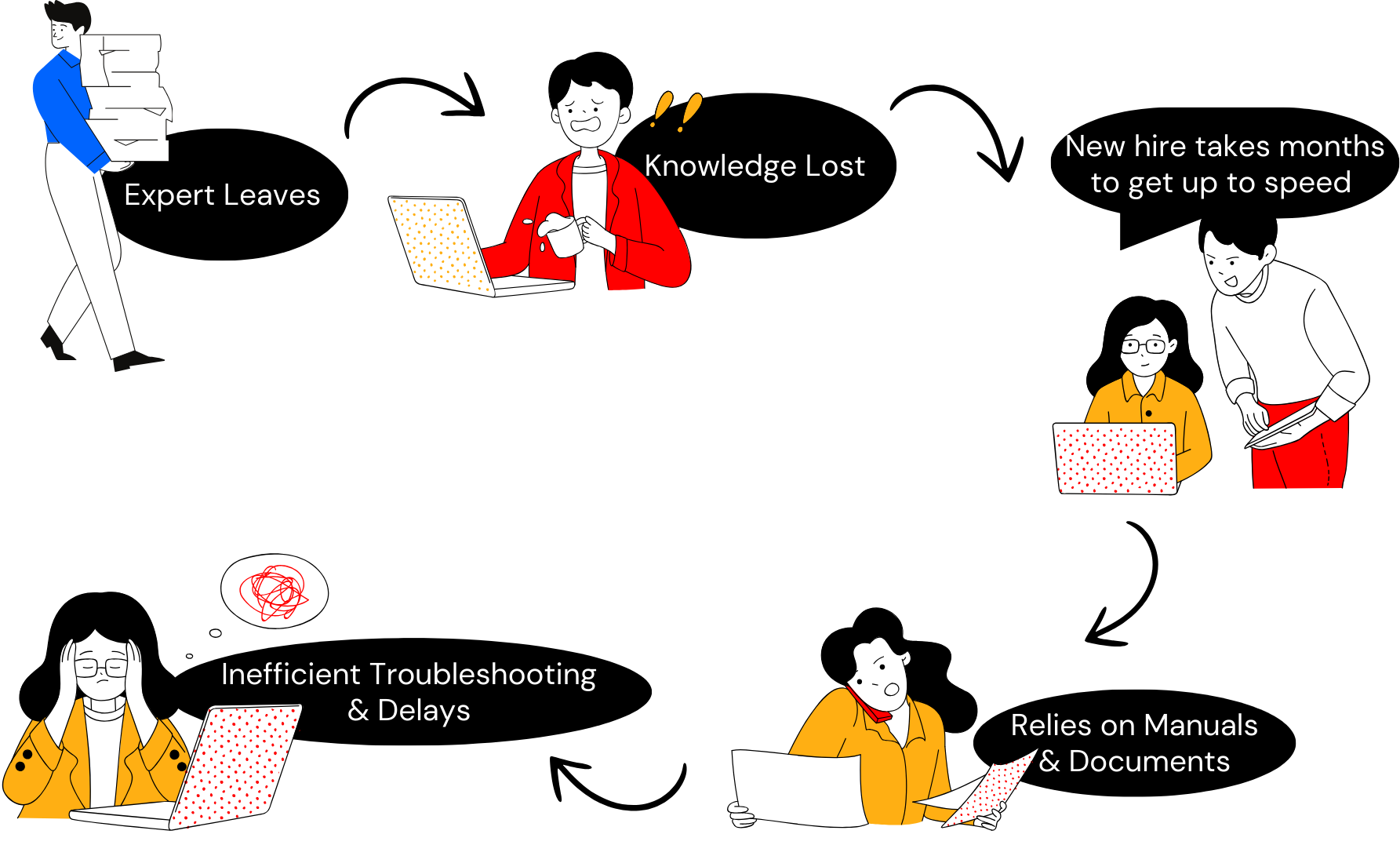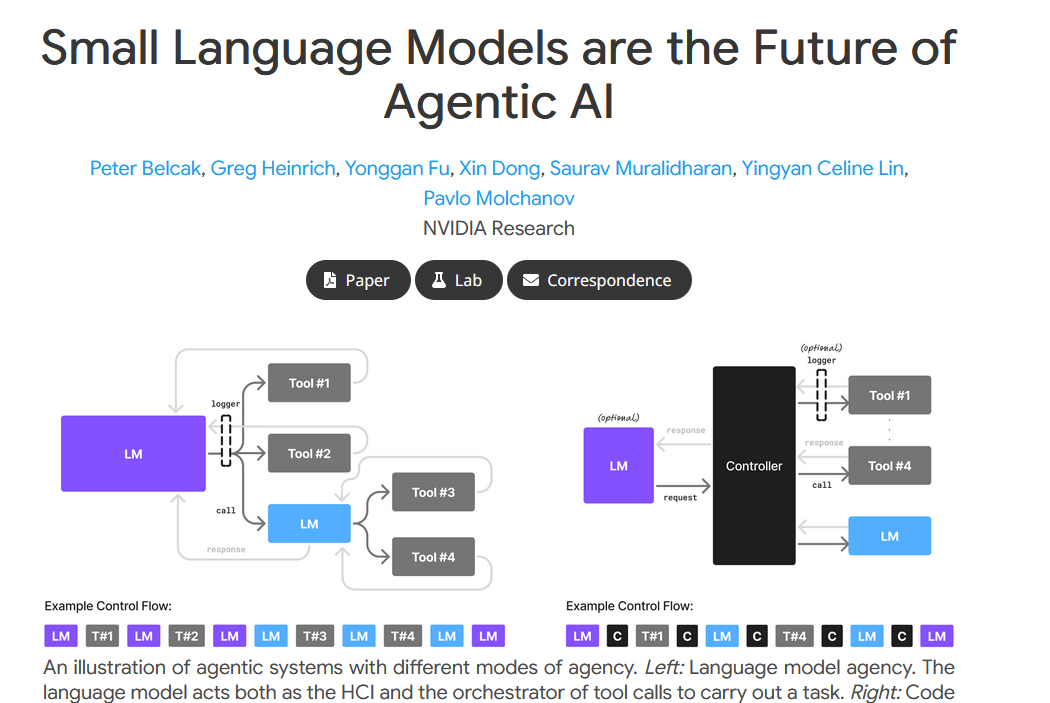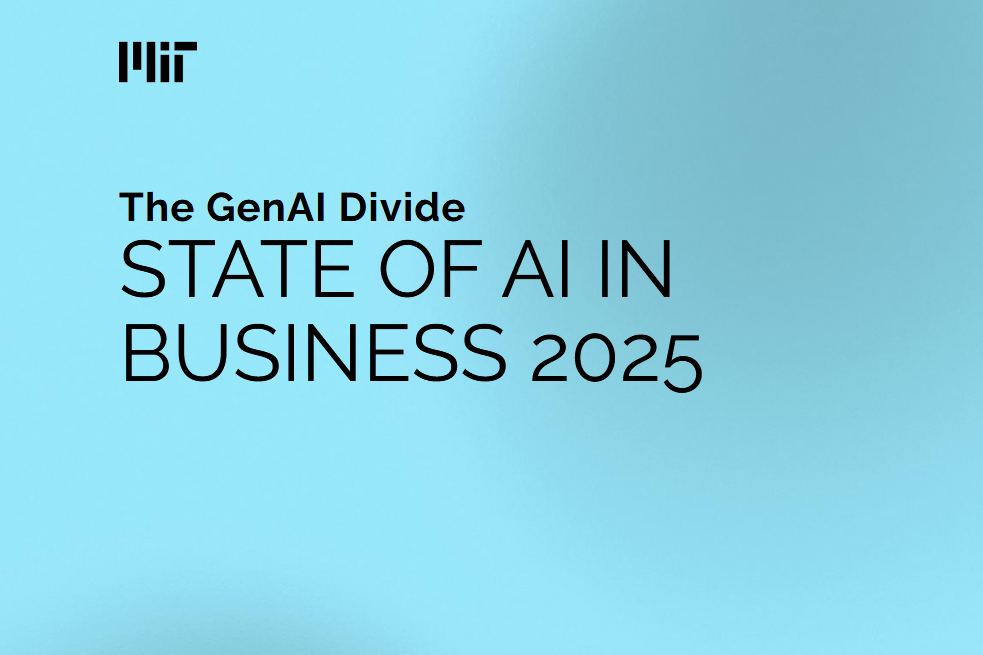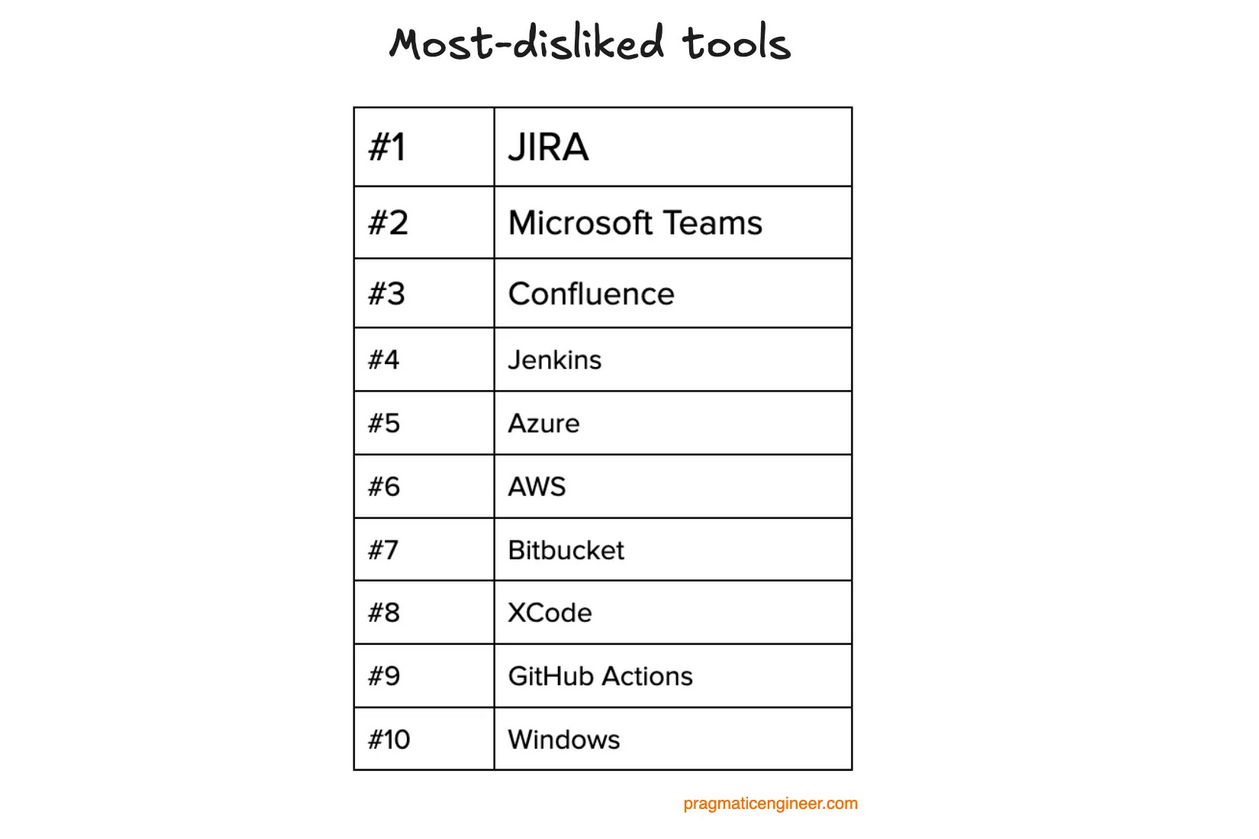Your best technician just handed in their resignation. What now?
When a senior technician leaves, or a veteran team member retires, companies scramble to “capture” their knowledge — documenting SOPs, recording training sessions, and storing tips in a central wiki. It feels like a safety net. But here’s the reality: capturing knowledge alone doesn’t mean preventing expertise loss. In many organizations, documentation is scattered, outdated, or unused. Knowledge lives in isolated folders, disconnected from the flow of work. Teams build vast libraries of manuals, training materials, and process documentation — only to find that no one reads or uses them when it matters.
A forgotten wiki page is no more useful than a retired expert.
If knowledge can’t be accessed, understood, and applied in the moment, it may as well not exist.
What Expertise Loss Really Looks Like
Expertise loss isn’t just about people leaving—it’s the silent erosion of problem-solving ability.

Tacit knowledge—the real-world insights gained through experience—rarely makes it into manuals. And when that expertise walks out the door, companies face delays, rework, and escalating support tickets.
Why Capturing Knowledge Is Only Step One to Preventing Expertise Loss
A knowledge base full of documents is not the same as retaining expertise. Here’s why most documentation strategies fall short:
- Hard to navigate → Employees waste time searching for answers across tools.
- No context → Docs don’t tell you when to use which information, or how it connects to your current situation.
- Quickly outdated → Processes evolve faster than teams can update their documentation.
- Doesn’t teach → Reading isn’t doing. It doesn’t support in-the-moment decision-making.
This is why even companies with strong training libraries still suffer from expertise loss. Captured ≠ Actionable.
The Execution Gap: Where Companies Really Lose Expertise
The real problem isn’t that knowledge isn’t captured. It’s that it isn’t used. And that’s because most systems stop at retrieval — not execution.
Support agents have to switch between tickets, SharePoint folders, and manuals. Technicians in the field rely on tribal knowledge or call a colleague because the documentation isn’t accessible or relevant in the moment. By the time they find the right document, they’ve already lost valuable time. This is the execution gap — the space between having knowledge and being able to use it when it counts.
What’s Needed: Accessible, Actionable, Embedded Knowledge
To prevent real expertise loss, organizations need more than a better wiki. They need:
- Continuously updated knowledge
- Guidance embedded in real-time workflows
- Systems that learn from actual support cases
- AI that turns insight into execution
Imagine this:
A technician asks for help via voice or chat, and AI instantly guides them step-by-step — based on current equipment data, past cases, and updated documentation.
A service team gets suggestions for the next best action while writing an email to a customer — with AI auto-filling structured data.
A junior employee encounters an unfamiliar case, and instead of searching, gets real-time assistance with dynamic checklists and process execution.
This is what knowledge looks like when it’s not just stored — but activated.
Stop Archiving Knowledge. Start Activating It.
Too many organizations treat knowledge management like archiving: write it down and hope people read it. But in fast-moving, technical environments, this mindset no longer works. We need AI-powered knowledge systems that:
- Capture insights passively from tickets, calls, chats, and workflows
- Learn from real-world interactions and evolve automatically
- Make expertise available — not in a folder, but in the moment it’s needed
Because retaining expertise doesn’t mean storing what people know. It means making it usable, accessible, and executable — even when the expert is no longer there.
Conclusion: Don’t Just Capture Knowledge. Make It Work.
Capturing knowledge is necessary — but it’s just the first step.
To truly prevent expertise loss, companies need to bridge the gap between knowledge and action. With an estimated 30% of the workforce nearing retirement by 2030, companies that are not acting today, are losing critical expertise, each day, and eventually their competitive edge.
That’s what AI Workforce Augmentation is designed to do:
Capture, structure, and execute expert knowledge — where and when it matters most.
Coming up next, Part 5: “The Dimensions of Hidden Knowledge Loss: It Is Bigger Than You Think”
What strategies have you used to make expertise more actionable in your organization?






